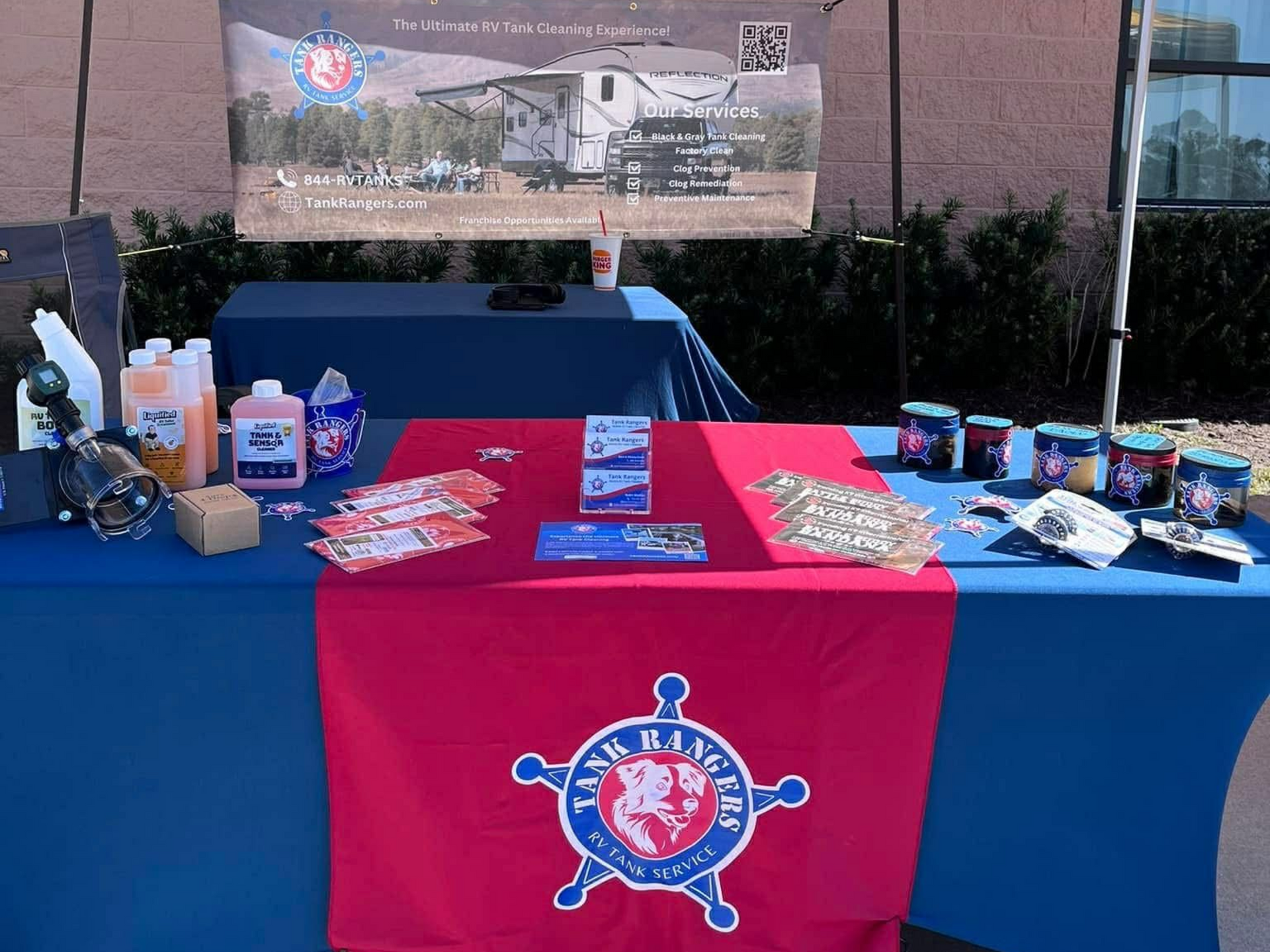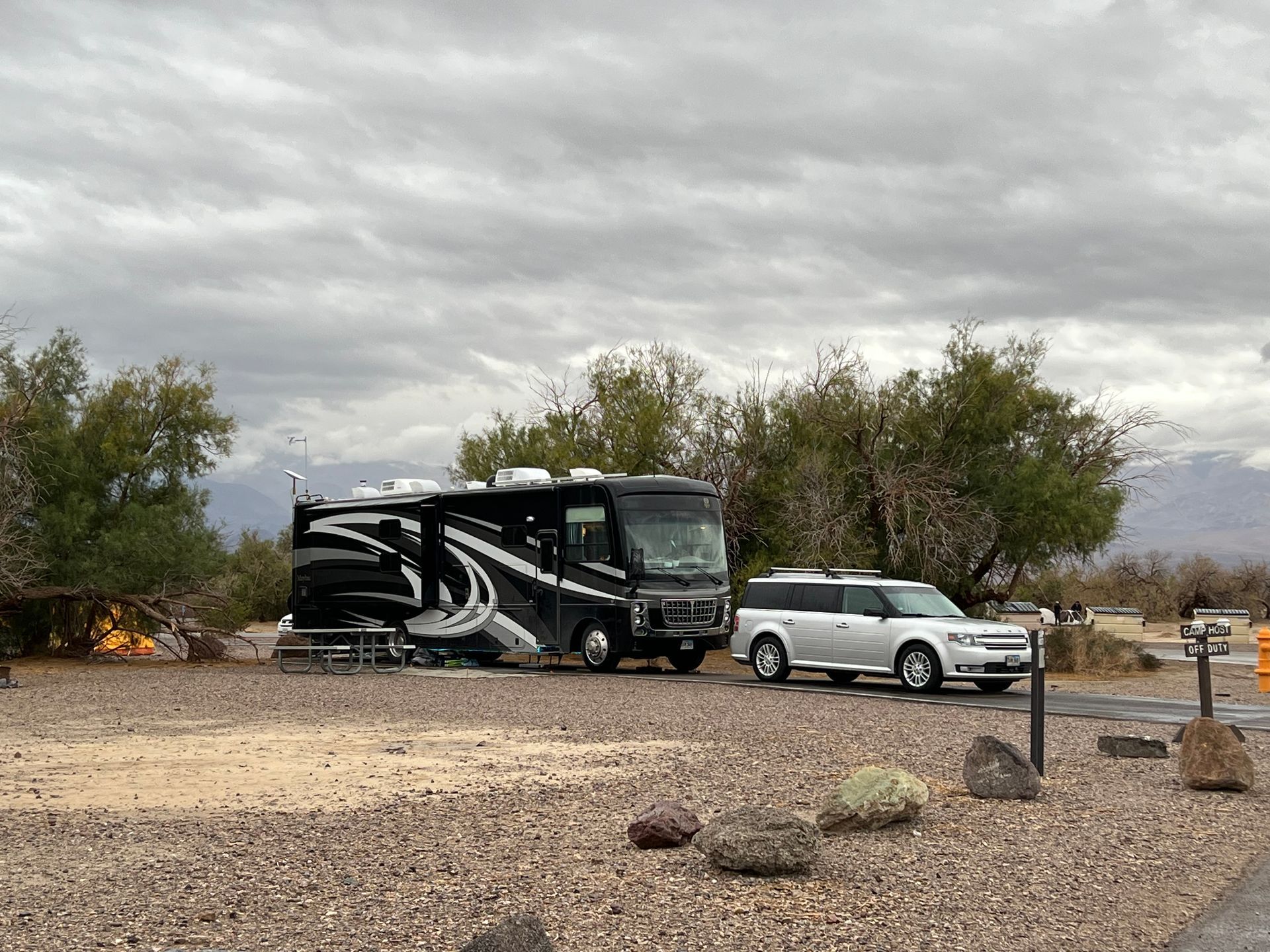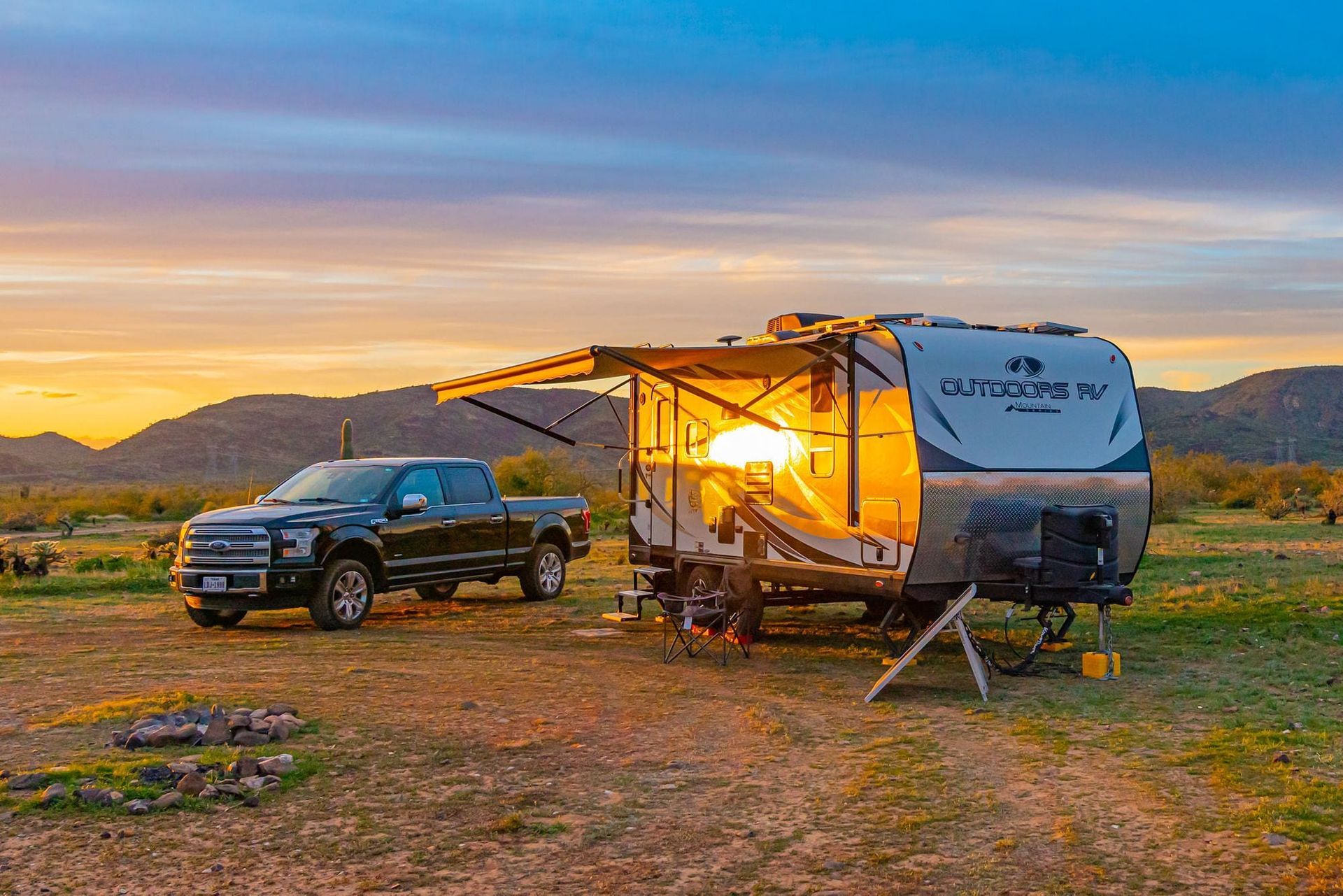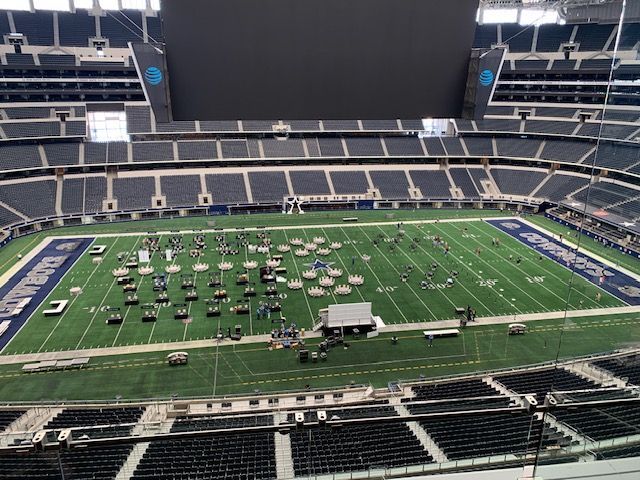Ditch the Factory RV Mattress!
Jennifer Aggio • July 22, 2025
If you’ve ever bought an RV, you know the factory mattress is, without fail, one of the most uncomfortable things on wheels. We’re on our third RV, and every single time the mattress has been the first thing to go. This last time? I was so determined not to sleep even one night on it, I had our new mattress shipped directly to the dealership so they could install it before we ever stepped inside!
And let me just say: Wilderness RV Mattresses are amazing.
Custom Fit for Real Life on the Road
One of the best parts about Wilderness RV Mattresses is that they’re made specifically for RVs. Whether you have tight corners, a slide-out, or a non-standard size bed platform, they’ve got you covered.
We ordered the 72x80 King Montana Hybrid in the Soft Pillowtop, which is actually 2 inches narrower than the largest size we could have chosen. We intentionally went with this slightly smaller size to give ourselves extra space around the bed, and it was the right call! Making the bed is easier, and we no longer have to do the awkward RV shuffle just to move around it.
One of the best parts about Wilderness RV Mattresses? You can literally order any size you want. Whether you need rounded corners, a hinge for a slide-out, or something completely custom, they make it easy with their Custom Builder tool right on the website. Just plug in your exact measurements, and they’ll build a mattress to fit your RV perfectly.
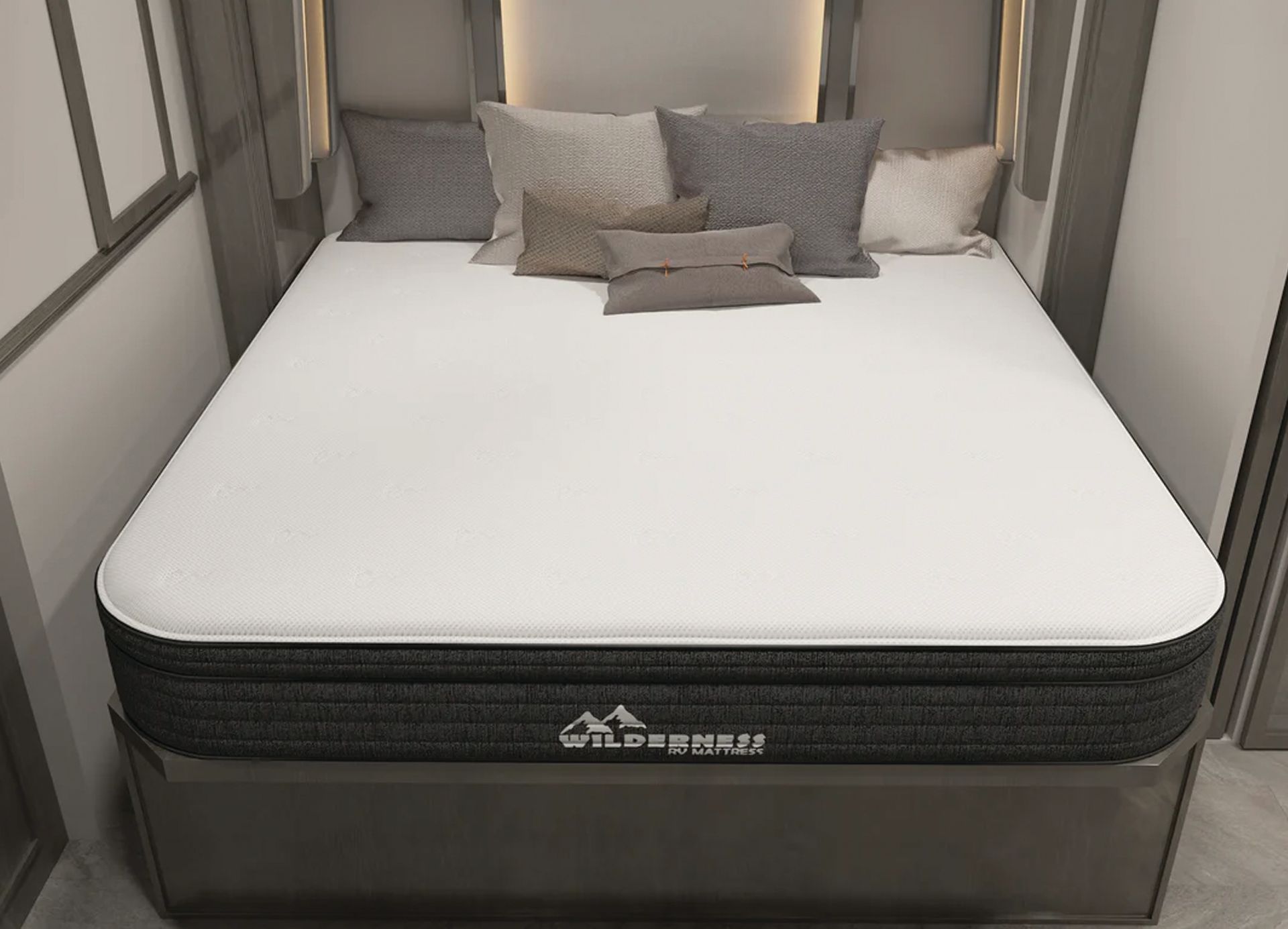
Materials Matter: A Breakdown of Mattress Types
Wilderness RV Mattresses come in three models, and each is made with high-quality, CertiPUR-US® certified foams, meaning they’re free from harmful chemicals and safer for your family and the environment.
Montana Hybrid (Top Tier)
This is the model we went with and it’s like bringing your home mattress on the road:
- 1″ premium quilted cooling cover
- 1″ fast-response memory foam (no “stuck” feeling)
- 1″ transition foam for balanced support
- 8″ individually-encased coils for motion isolation and edge support
It’s super comfortable and supportive, even for side sleepers like me!
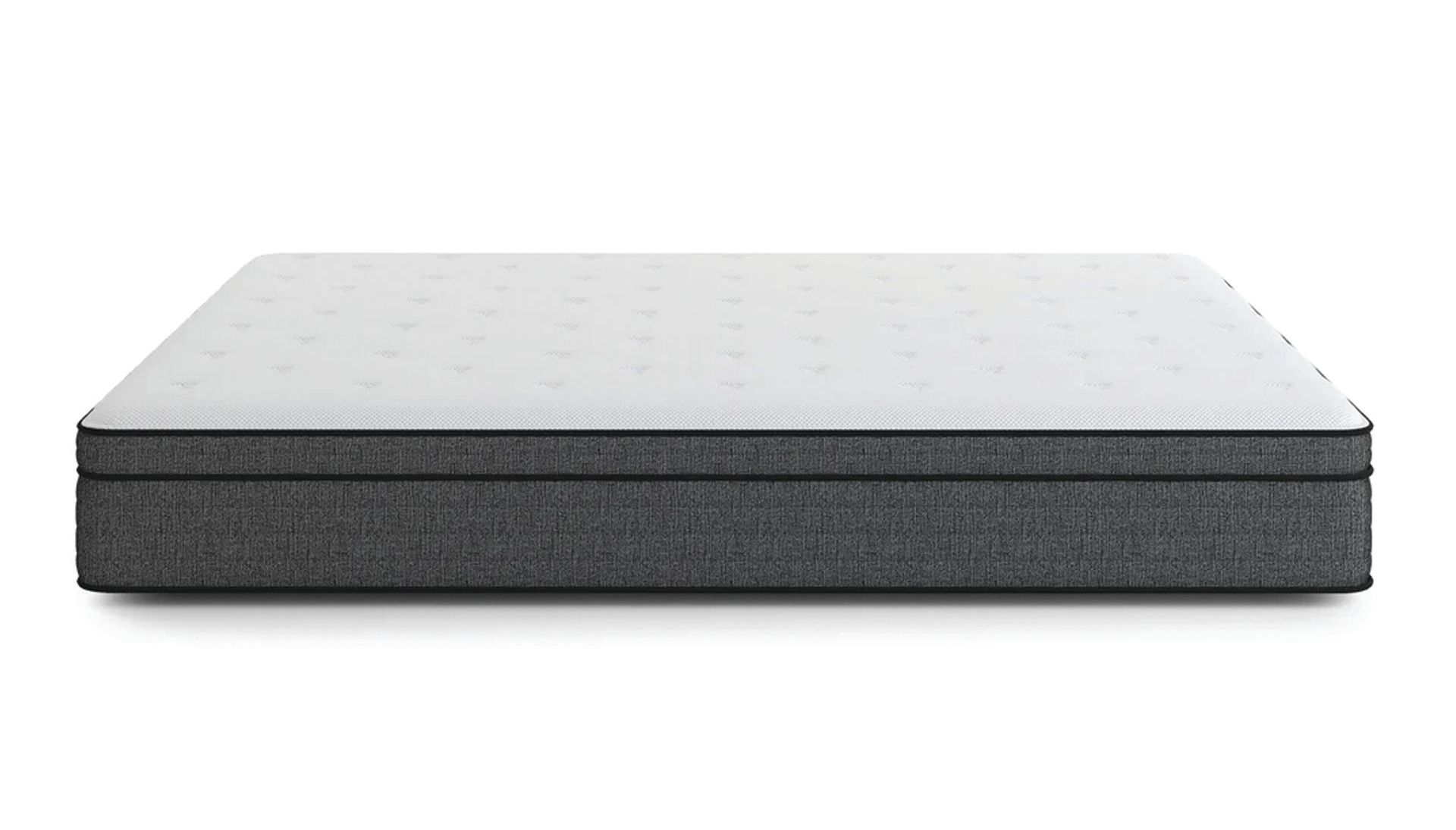
Aspen (All-Foam)
Great for those who want a plush, coil-free experience:
- 1″ quilted foam top
- 2.5″ gel memory foam
- 6.5″ poly foam base
Medium/plush feel, good for light sleepers.
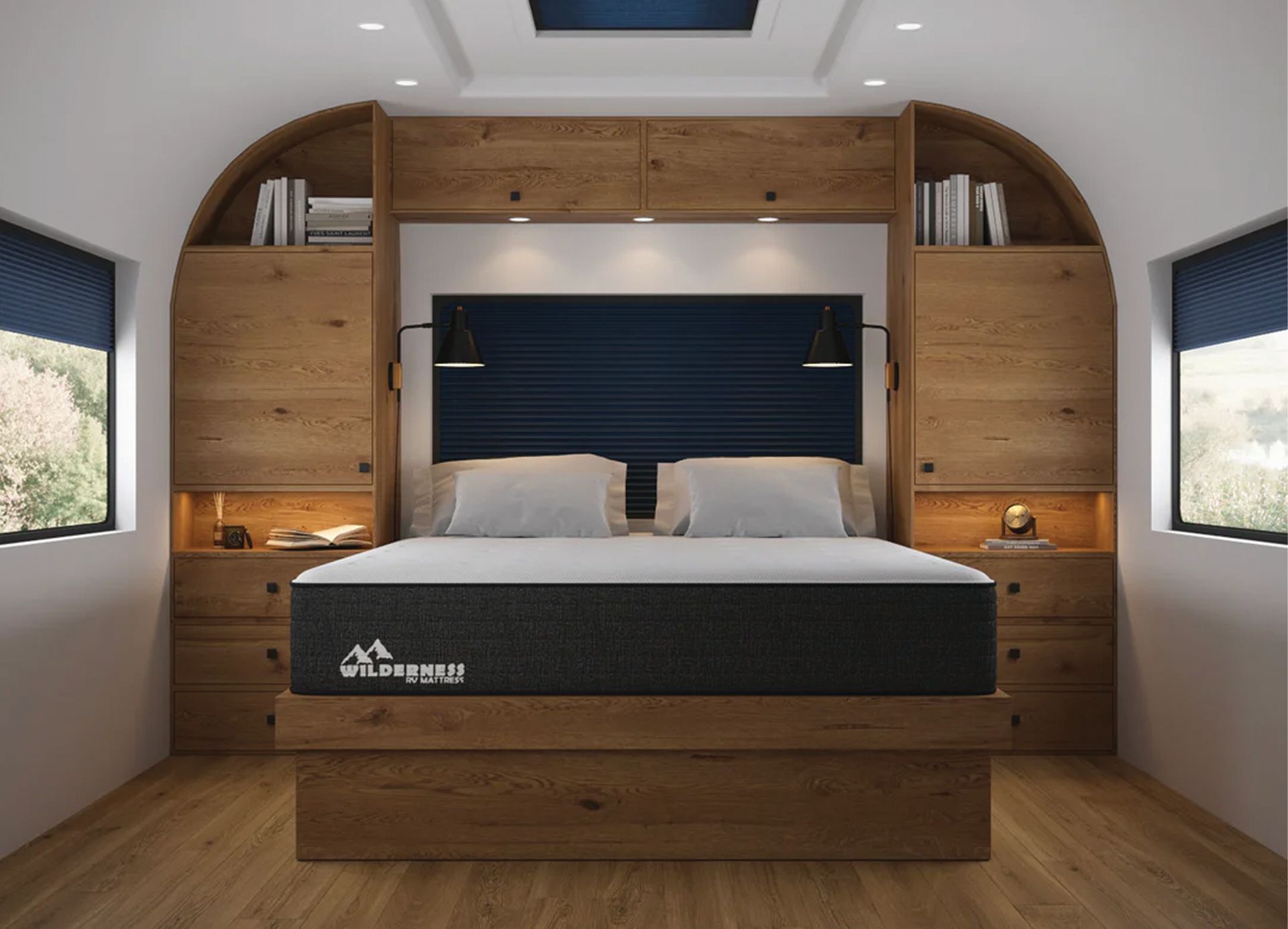
Canyon (Budget-Friendly)
A firm option with excellent value:
- 1″ quilted top
- 2″ gel memory foam
- 5″ high-density base foam
Firm to medium-firm support at a lower price point.
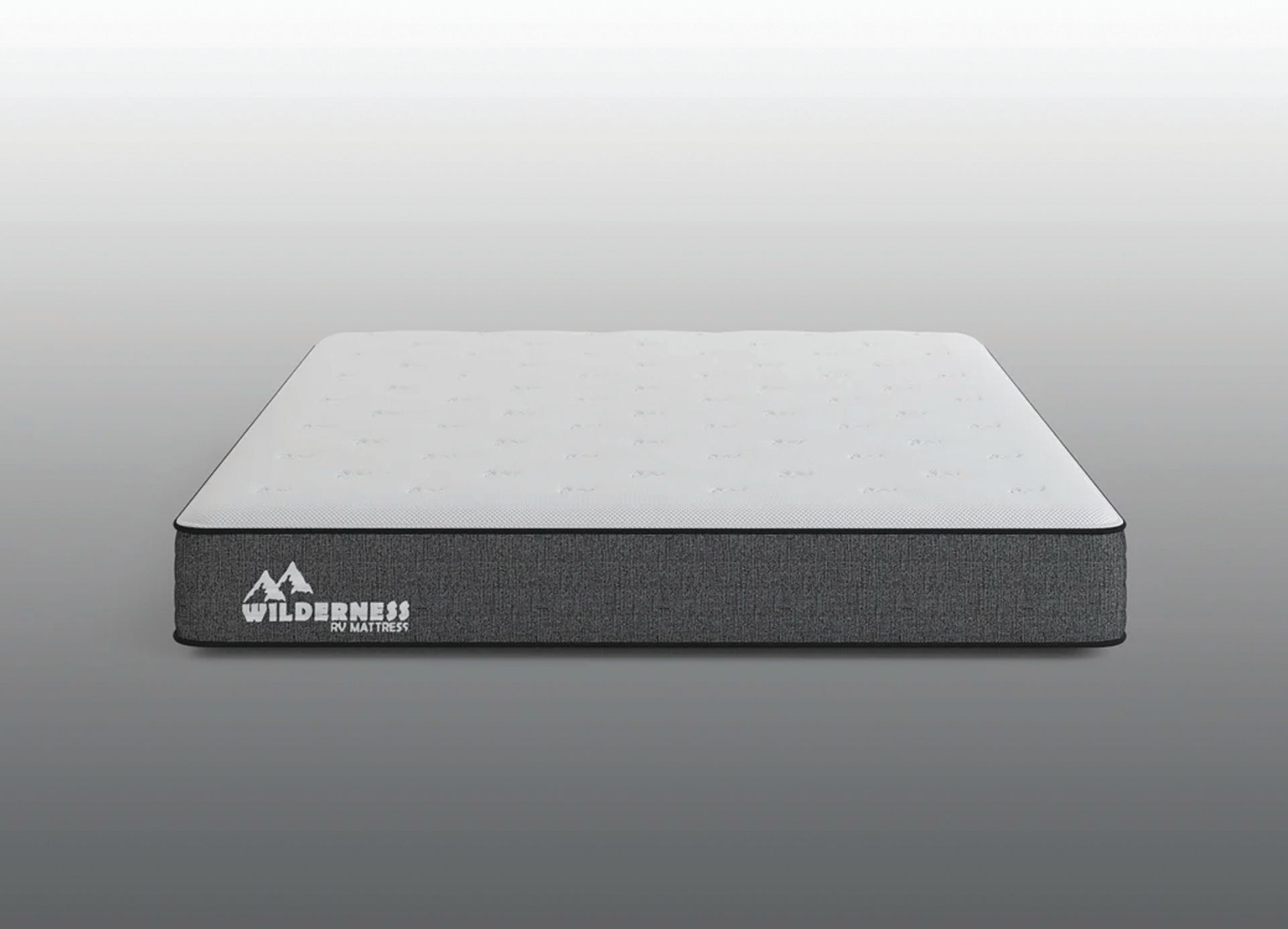
Why Replace the RV Mattress, Even in a Brand New Rig?
Whether your RV is brand-new or gently used, replacing the mattress should be high on your priority list. Here’s why:
- It’s your bed. Sleep is essential, don’t settle for less.
- Better rest = better travel. Comfort makes all the difference on the road.
- You don’t know what’s been on that mattress in a used RV.
- Factory mattresses are often made with cheap foam and little support.
We’ve done this dance enough times to know it’s worth investing in comfort immediately.
Set-Up is Easy: Boxed & Ready to Expand
Your mattress shows up compressed in a box (about 17"x17"x42"), which makes it easy to fit through the RV door. Just unbox it, place it on the platform, and let it expand:
- Begins expanding in 10–20 minutes
- Fully expanded within 24 hours
Plus, shipping is free in the continental U.S., and you get a 100-night risk-free trial (custom sizes excluded). And the Montana Hybrid even comes with a non-prorated 10-year warranty.
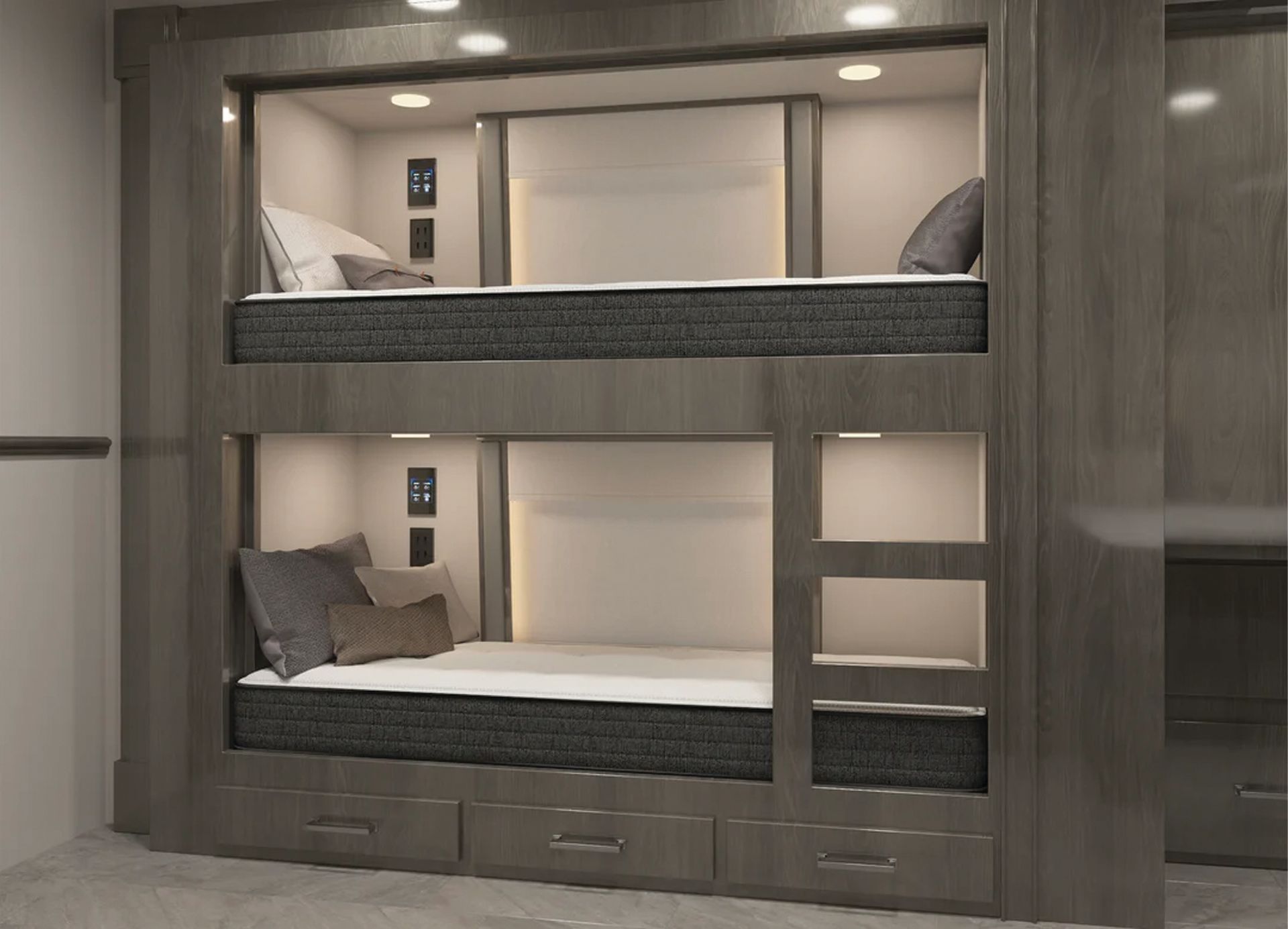
Pro Tip: Prevent Mold with This Under-Mattress Airflow Layer
Here’s a smart RV hack we swear by: before you install your new mattress, add this under-mattress ventilation layer underneath.
- Easy to cut to size
- Allows air circulation
- Helps prevent mold and mildew
This small step can significantly improve the longevity of your mattress, especially in humid or coastal climates.
Final Thoughts
If you’re shopping for an RV mattress that’s actually comfortable, tailored to fit, and easy to install, Wilderness RV Mattresses should be at the top of your list. We’ve never looked back, and our backs have never felt better.
Other blogs you might like...

